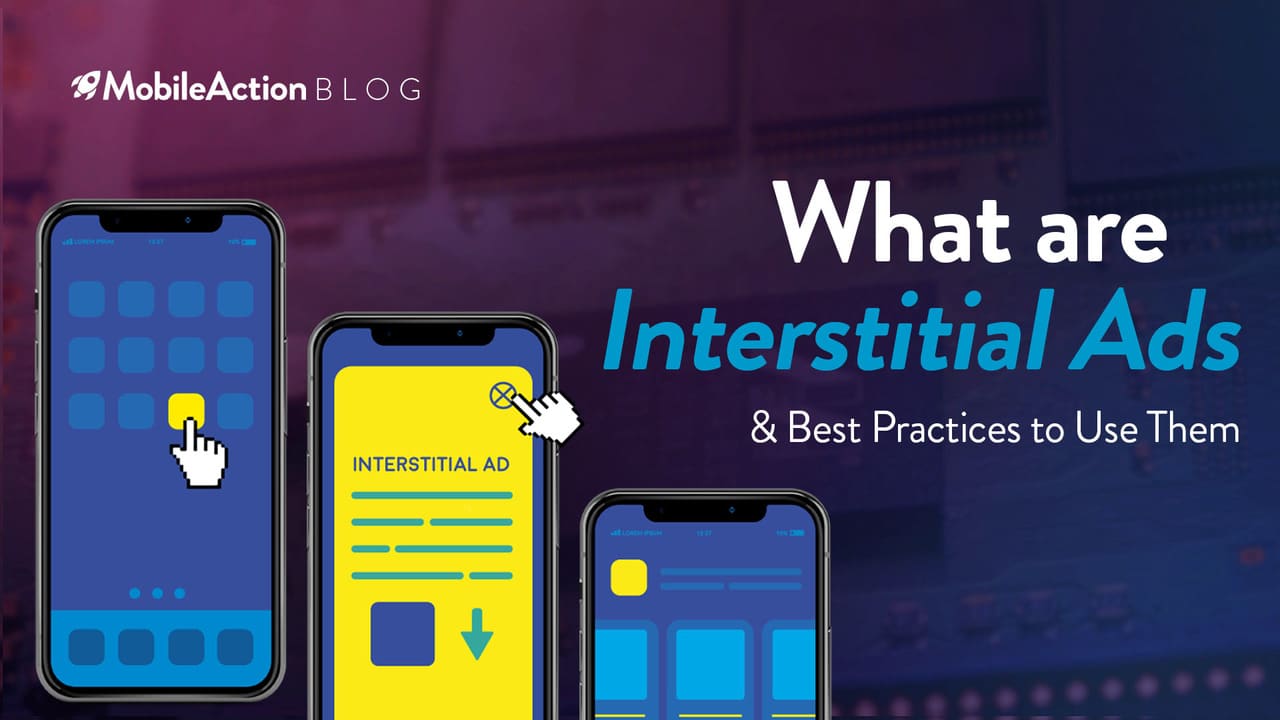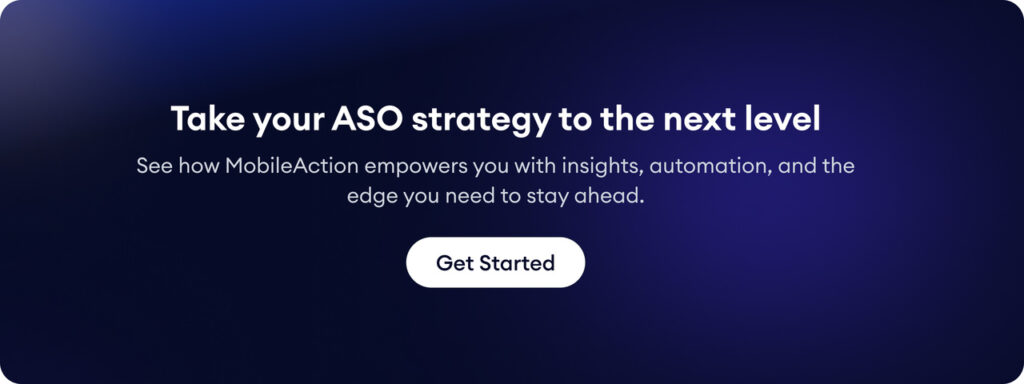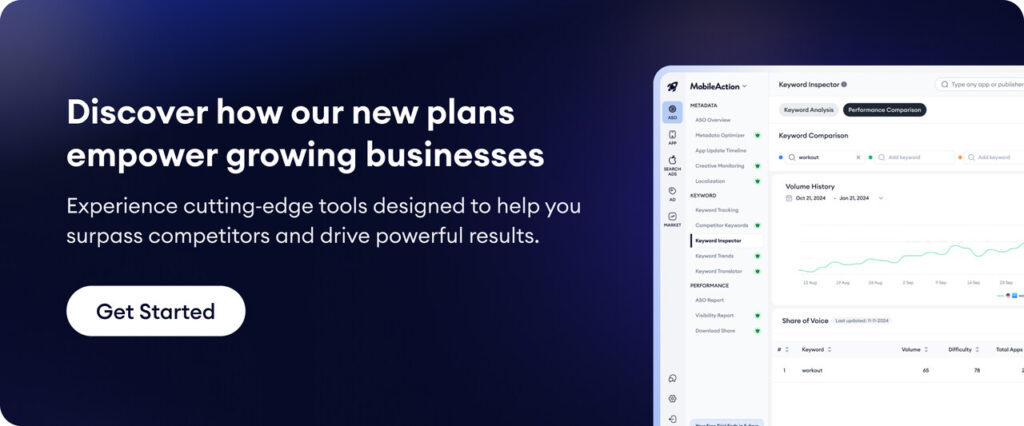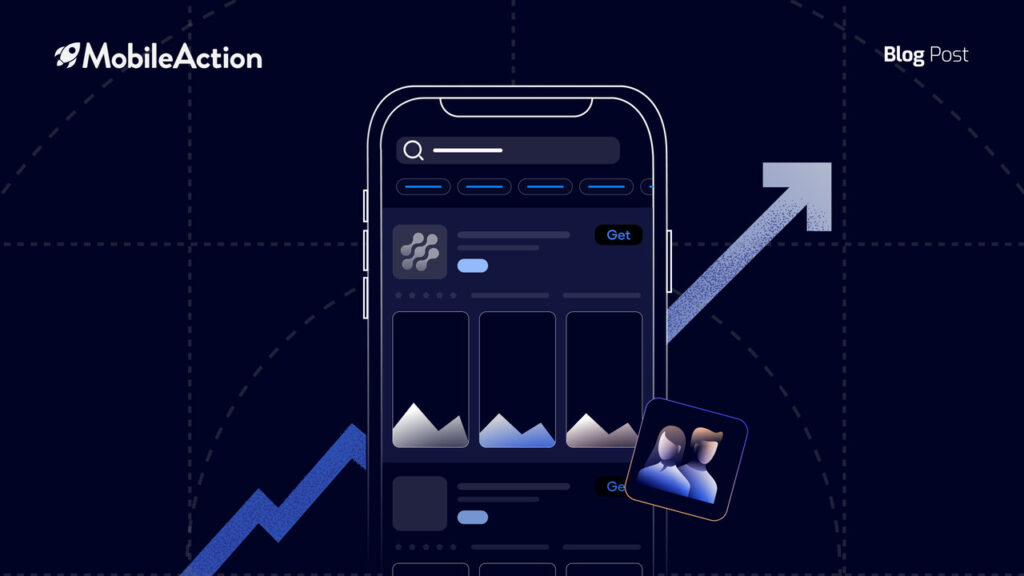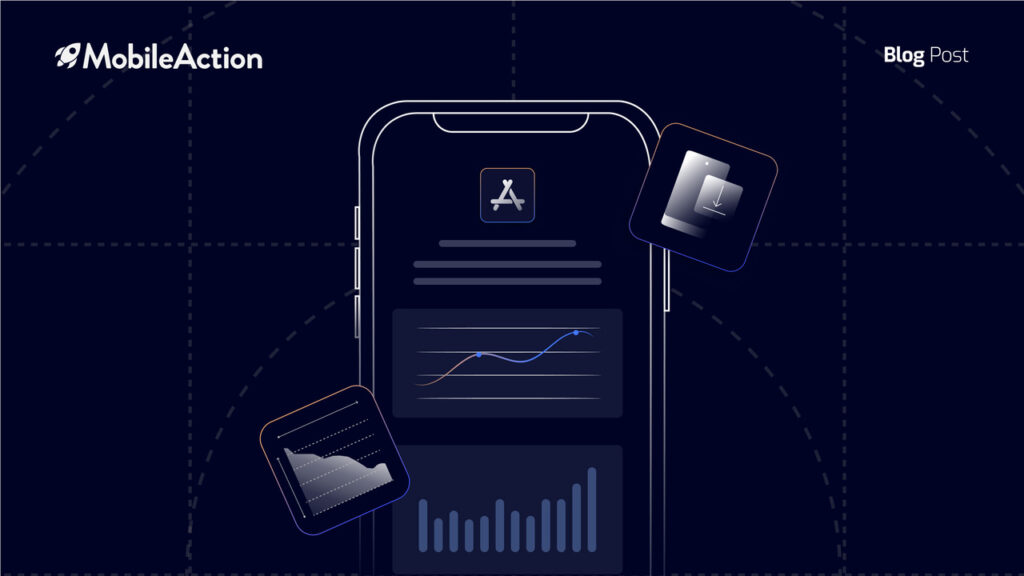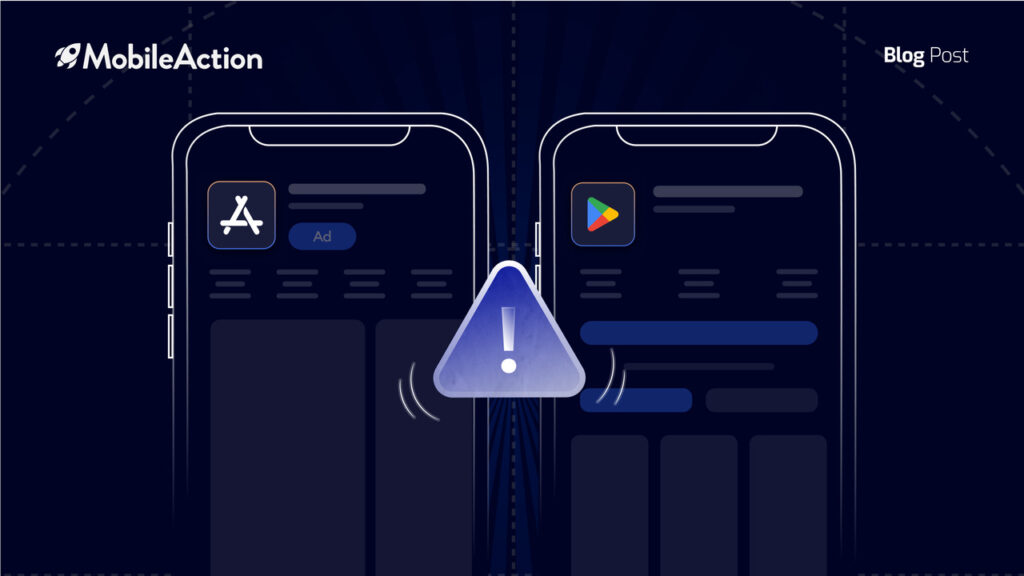Making revenue by showing ads to users is one of the most popular monetization strategies among app publishers. Some users have a very negative attitude towards ads – they use adblocking solutions to block ads while browsing websites and using mobile apps. However, most people understand that displaying ads makes it possible for publishers to keep the apps free, improve them, and not charge the users.
Nevertheless, it is important to provide a high-quality user experience and not to interrupt people with intrusive ads. There is a lot of ad formats available – starting with small innocent banners and finishing with hated pop-ups.
In this blog post, we will explore how interstitial ads have evolved, examine current best practices, and provide insights into how publishers and advertisers can effectively leverage this format in today’s privacy-focused digital landscape.
What are mobile interstitial ads?
Interstitial advertisements are full-screen ads that cover the entire interface of a mobile app or webpage. Unlike banner ads that occupy only a portion of the screen or pop-ups that overlay content, interstitials command the user’s complete attention by filling their entire screen.
Interstitial ads—those full-screen advertisements that appear during natural transition points in apps and mobile websites—continue to offer publishers one of the highest revenue-generating ad formats available. However, the implementation strategies, best practices, and regulatory considerations have evolved considerably over the past six years.
In 2025, successful interstitial ad strategies require a delicate balance between maximizing revenue potential and respecting both user experience and privacy concerns.
The days of intrusive, poorly timed interstitials are firmly behind us, replaced by strategic placements, enhanced creative formats, and privacy-compliant implementations that align with the numerous regulations that have emerged.
Types of interstitial ads in 2025
The interstitial ad landscape in 2025 offers a diverse range of formats, each with specific strengths and use cases:
Static image interstitials
While less common than in previous years, static image interstitials remain relevant for certain advertising goals. These ads feature a single image with a clear call-to-action and an immediate close option. According to recent data from Publift (2025), static interstitials still generate 18x higher average click-through rates than traditional banner ads, making them a viable option for straightforward messaging.
Video interstitials
Video interstitials have become the dominant format in 2025, offering engaging multimedia experiences that capture user attention. These ads typically include a timed closing option (usually 5-10 seconds) and often feature interactive elements. The rise of high-speed mobile networks and improved device capabilities has made high-definition video interstitials the standard across most platforms.
Rich media interstitials
Rich media interstitials combine multiple media types—including animation, video, and interactive elements—to create immersive advertising experiences. These ads leverage advanced technologies to engage users through interactive storytelling, mini-games, or product demonstrations. In 2025, rich media interstitials frequently incorporate augmented reality (AR) elements that allow users to virtually interact with products.
Playable interstitials
Particularly popular in gaming apps, playable interstitials offer users a brief interactive experience that showcases gameplay or app functionality. Business of Apps (2025) reports that playable interstitials lead to 40% better user retention compared to non-playable formats. These ads have evolved to include more sophisticated gameplay mechanics and seamless transitions between the ad experience and the actual app download process.
How interstitial ads differ from other ad formats
Interstitial ads in 2025 maintain several key distinctions from other common ad formats:
Interstitials vs. banner ads
While banner ads occupy only a section of the screen (typically at the top or bottom), interstitials command the entire screen. This full-screen presence results in significantly higher visibility and engagement rates. According to recent industry data, interstitial ads consistently outperform banner ads in terms of click-through rates and conversion metrics.
Interstitials vs. pop-ups
Though both formats interrupt the user experience, interstitials appear at natural transition points (between game levels, between articles, etc.), whereas pop-ups can appear at any time during content consumption. This strategic placement makes interstitials less disruptive to the user experience when implemented correctly.
Interstitials vs. rewarded video
Unlike rewarded video ads, which users opt to watch in exchange for in-app rewards, standard interstitials appear as part of the natural app flow. However, the line between these formats has blurred in 2025, with many apps now offering “rewarded interstitials” that provide small incentives for engagement.
Ad blocker immunity and implications
One significant advantage of interstitial ads in 2025 is their relative immunity to ad blockers, particularly in mobile app environments. Since interstitials are typically served as native elements within apps rather than through third-party ad networks, they’re more difficult for ad-blocking software to detect and filter.
This immunity has made interstitials increasingly valuable in a digital landscape where ad blocking continues to rise. However, this advantage comes with responsibility—publishers must ensure their interstitial implementations respect user experience to prevent driving users toward more aggressive ad-blocking solutions or app abandonment.
As we move through 2025, the most successful interstitial strategies balance this technical advantage with ethical implementation practices that respect user preferences and privacy concerns.
Integration with new technologies
The interstitial ad format has evolved to incorporate several technological advancements that were emerging or non-existent in 2019:
Augmented reality (AR) integration
In 2025, AR-enabled interstitials allow users to interact with products in their physical environment. For example, furniture retailers now offer interstitial ads that enable users to visualize products in their homes before clicking through to purchase.
Interactive elements
Modern interstitials frequently incorporate interactive elements that transform passive viewing into active engagement. These include swipeable product galleries, 360-degree product views, and mini-games that showcase brand features while entertaining users.
Personalization through AI
Artificial intelligence now plays a crucial role in delivering personalized interstitial experiences. Machine learning algorithms analyze user behavior patterns to determine optimal timing, content, and frequency for interstitial displays, significantly improving engagement rates while reducing negative user experiences.
Voice-activated components
As voice interfaces have become more prevalent, some interstitial ads now include voice-activated components that allow users to interact with the ad through simple verbal commands, creating a more accessible and engaging experience.
These technological integrations have transformed interstitial ads from potentially disruptive interruptions into valuable, engaging experiences that can enhance rather than detract from the overall app experience when implemented thoughtfully.
In conclusion
As we’ve explored throughout this comprehensive update, interstitial ads in 2025 represent a powerful yet complex monetization tool that has evolved significantly since our original 2019 article.
The fundamental value proposition remains strong—interstitials offer unparalleled visibility, engagement, and revenue potential compared to other ad formats.
However, the implementation strategies, regulatory considerations, and best practices have matured considerably.
As we look toward the future, interstitial ads will continue to evolve alongside changing technologies, user expectations, and regulatory requirements.
The publishers and advertisers who thrive will be those who view interstitials not merely as revenue generators but as integrated elements of the overall digital experience—moments of discovery and engagement that add value for users while achieving business objectives.
